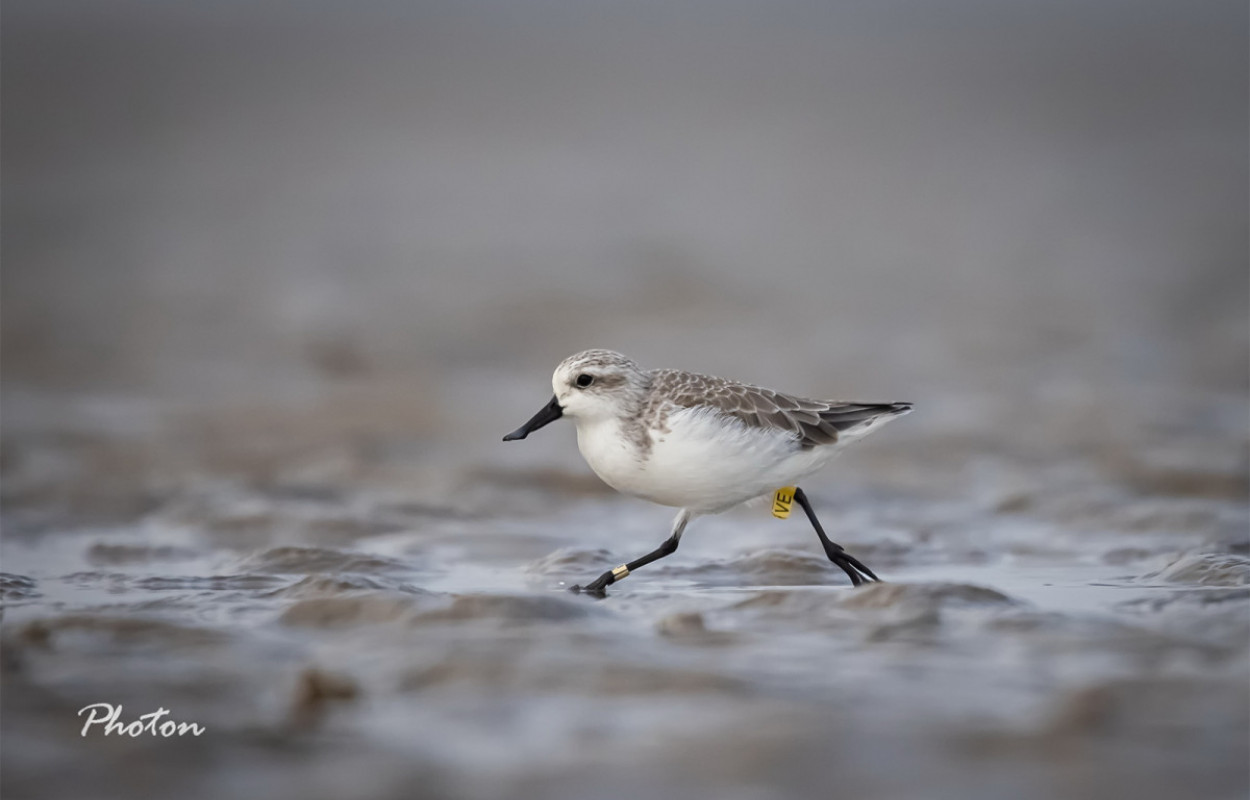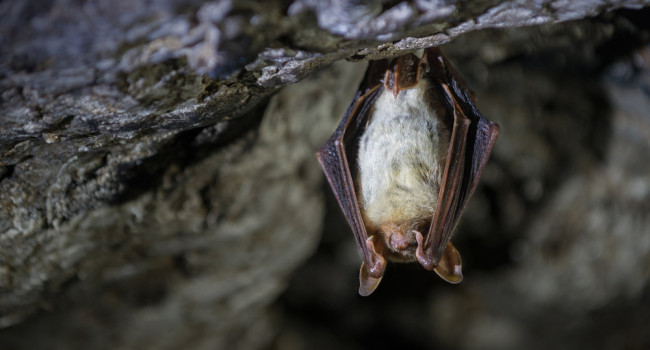Numbers of Spoon-billed Sandpipers in Jiangsu Province, China, during the post-breeding moult in relation to recent changes in the intertidal zone.

Author(s): Chang, Q., Ki, T.L.T., Anderson, G.Q.A., Brides, K., Clark, N.A., Ding, J., Leung, K.K.S., Li, J., Melville, D.S., Phillips, J., Weston, E., Yang, Z. & Green, R.E.
Published: August 2021
Journal: Wader Study Volume: 128 ( part 2 )
Digital Identifier No. (DOI): 10.18194/ws.00233
Abstract
Previous studies have highlighted the importance of intertidal habitats on the coast of Jiangsu Province, China for the Critically Endangered Spoon-billed Sandpiper Calidris pygmaea during the post-breeding moult. We report Lincoln-Petersen closed-population estimates of numbers of Spoon-billed Sandpipers at the three principal sites in the region for the species: Tiaozini, Yangkou and Dongling. Our estimates were based upon resightings and scan surveys of individually-marked birds. Surveys were conducted in September–October when nearly all of the birds present were adults (≥1 yr old). We estimated the number present at Tiaozini in each of the years 2017–2020, during which numbers declined from 225 to 151, mostly between 2018 and 2019. To identify parts of the intertidal area used by Spoon-billed Sandpipers, we mapped locations of satellite-tagged birds in 2017 and 2019. Data from seven tagged birds indicated that they moved to intertidal flats up to 7 km seaward of the nearest point of the seawall at low tide. We then analysed satellite imagery for 2017–2020 for intertidal areas up to this distance from the coast and found evidence for changes in topography of the intertidal mudflats and positions of major channels. The mean extent of exposed mudflats per tidal cycle appeared to have declined by about 20% between 2017 and 2020. Surveys at two other sites in 2020 indicated that there were 26 birds at Yangkou and 63 birds at Dongling, with a total of 240 birds at all three sites combined in 2020. This is approximately half of the estimated world population of adults. The coast of Jiangsu Province is therefore of global importance for the Spoon-billed Sandpiper. Although birds no longer at Tiaozini may have been displaced to other sites, the observed population decline, which coincided with changes in intertidal topography, raises concerns about the future conservation status of the species. Uncertainty about future changes to the topography and extent of intertidal mudflats makes the coordinated protection of all sites in Jiangsu Province known to hold Spoon-billed Sandpipers during the post-breeding moult period a conservation priority. This applies particularly to Tiaozini, Yangkou and Dongling, but also to other sites at which future surveys may reveal to hold concentrations of the species.
Staff Author(s)






Share this page